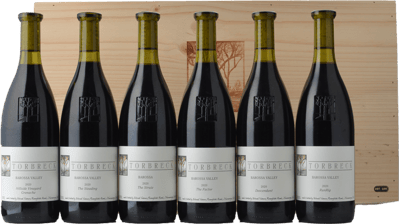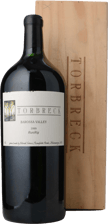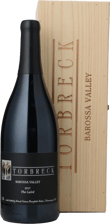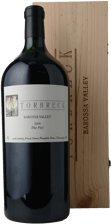Showing 24 products
Showing 24 products
97
EL
97
AH
97
DB
$715.50
Price reduced from
$795.00
to
97
EL
97
AH
97
DB
$715.50
Price reduced from
$795.00
to
98
LPB
96
MB
95
JH
$9,000.00
99
EL
98
DB
20
MJ
$4,000.00
99
RP
98
HH
97
CM
$5,500.00
98
LPB
98
JC
$1,100.00
98
DB
97
HH
97
EL
$1,620.00
Price reduced from
$1,800.00
to
98
DB
97
HH
97
EL
$1,620.00
Price reduced from
$1,800.00
to
95
CM
95
JR
93
NS
$2,385.00
Price reduced from
$2,650.00
to
95
CM
95
JR
93
NS
$2,385.00
Price reduced from
$2,650.00
to
98
DB
97
HH
97
EL
$800.00
98
DB
97
HH
97
EL
$4,000.00
95
JR
93
HH
93
AB
$499.00
Price reduced from
$615.00
to
95
JR
93
HH
93
AB
$499.00
Price reduced from
$615.00
to






















